Your cart is empty
Keep ShoppingTraditional Maori symbols and meanings
Maori symbols are shared across many New Zealand art forms (tattoo art and pounamu carving especially) and have symbolism or meaning that stems from their original use hundreds of years ago: to visually represent parts of the culture, belief system, and history of Maori. The symbols represent the future and past. Some reference stories of desire and memory, of strength, history and commitment, of loyalty, relationships, and they carry values from the past to those in the future. When carved in pounamu, tattooed on the skin, or hung on the wall today, you are displaying part of who you are, where you have come from, and whats important to you.
VIEW TRADITIONAL PENDANTS
The origin of Maori symbols used in art were and still remain very important to Maori culture. Hundreds of years ago they had the power to remember stories of life, myths of creation, tales of the wearer, lineage and spirituality, before there was a written language as we know today. Whether painted, tattooed or carved, each symbol had strongly associated meanings with all the subtlety of a spoken language. The way they were drawn, their orientation and size all influenced their intended meaning, much like arranging a sentence in written English. It was important to get this right so that the symbols told the right 'story'. So much so that individuals with the skill, Ta Moko artists for example, were seen as sacred in ancient Maori society. Today Maori symbols and meanings in Ta Moko still are very clear. Symbols used in pounamu carving are simpler in design because the material is more limiting, and therefore have less specific meanings. There are six extremely popular symbols used time and time again in pounamu carving, they are the koru, the twist, the manaia, the tiki, the fish hook and the toki blade. Let's explore the symbolism and meaning behind each.
The koru
 Shop koru designs >
Shop koru designs >
In pounamu carving the koru is said to represent new beginnings, growth and regeneration. We know it symbolizes the fern frond seen in New Zealand's native bush because of a Maori proverb that speaks of rebirth and growth:
"Ka hinga atu he tete-kura - ka hara-mai he tete-kura"
"As one fern frond dies - one is born to take it's place".
In Ta Moko tattoo art, the koru represents parenthood, ancestry, and genealogy. It’s believed to have human characteristics - a head, an eye, a neck, body, and tail. Because of these human characteristics, designs with a single koru and multiple koru growing from it are said to represent whakapapa (ancestry). Essentially a family tree made from the koru design.
Watch this video we've put together of carver Nick Ford talking about the meaning of the koru.
The pikorua (twist)
 Shop pikorua (twist) designs >
Shop pikorua (twist) designs >
The twist, or 'pikorua' as it is known in New Zealand, is a relatively new Maori symbol with design roots in nature. It's said to represent the path of life and symbolize the strong bond between two loved ones. It’s a powerful expression of loyalty because the arms of the twist have no end point, just like lifelong relationships.
Some say the symbols design is based on the weave pattern of the kete and some say it’s based on the arms of the pikopiko fern. What we do know is it’s relatively new because Maori didn’t possess the required tools to create the complex undercuts in the symbols design. It’s quite possible Maori began being carving these symbols for trade once New Zealand was colonized by the Europeans and diamond carving tools were introduced (post 1800).
The toki (adze)
 Shop toki (adze) designs >
Shop toki (adze) designs >
The toki blade is easily my favorite design. It represents strength. In traditional Maori society the toki was used in tool and never worn as an adornment. It had two uses. Firstly it was carved into a chunky blade and either lashed to a wooden handle or held in the hand. Here it was used to cut down trees and carve out waka among other things. Secondly it was carved into a finer blade and lashed to an equally ornate wooden handle. These ornate axes were only wielded by strong chiefs in the tribe and were purely ceremonial.
The toki is now worn around the neck and is said to represent strength because the toki blade had to be strong so as not to break when being used to carve waka and cut trees. And only strong chiefs with a lot of mana could wield the toki poutangata (ceremonial axe).
The manaia
 Shop manaia designs >
Shop manaia designs >
The manaia symbol is said to be a messenger between the living and the dead. They say this is because it’s always carved in profile, with one half of its body in this realm, the other half in the realm of the dead. It was traditionally carved with the tail of a fish, body of a man, and head of a bird but nowadays there are many stylized versions of this symbol lending themselves to the artist's design capabilities. A lot of people wear the manaia symbol as a personal guardian with some saying it can protect against evil.
The manana design is evolving a lot among pounamu carvers. Modern carvers are combining the manaia symbol with other Maori symbols such as the marakihau (sea monster) in which case the manaia would have a whale tail. See if you can spot the designs that incorporate more than one symbo
The tiki
 Shop tiki designs >
Shop tiki designs >
The tiki symbol is said to represent Tiki, the first man in Maori myth. As time passed and the owner of the hei tiki pounamu carving died, it was passed down through the family. This process of succession increased the mana (power or prestige) of the hei tiki. Many well known hei tiki were named, and so respected that they would be acknowledged by name as if living, when the wearer entered the Marae. So their main function was to connect deceased family members to the living by being worn as a sign of remembrance.
Today this is an uncommon practice and they are more commonly worn around the neck as symbols of kiwi and cultural identity. Like Ta Moko and Maori tattoo, they are worn to express something about the wearer.
The matau (fish hook)
 Shop matau (fish hook) designs >
Shop matau (fish hook) designs >
The fish hook symbol is said to represent prosperity and safe travel over water. It's a clever design because it incorporates both the fish and fish hook motif into one design. Traditionally Maori were very reliant on the bounty they caught from the sea to survive. It constituted a large amount of their daily food needs and with it Maori flourished as a people. Maori had a very strong connection to Tangaroa, god of the sea and attributed this abundance to him.
Also, in Maori myth Maui used a magic fish hook carved from the jawbone of his grandmother to pull up New Zealand's North Island from the bottom of the ocean in the form of a huge fish. I can only guess, but think that because of the strong connection to Tangaroa, wearing a fish hook over water would ensure safe passage because it shows a level of respect to Tangaroa for the bounty he provided.

-
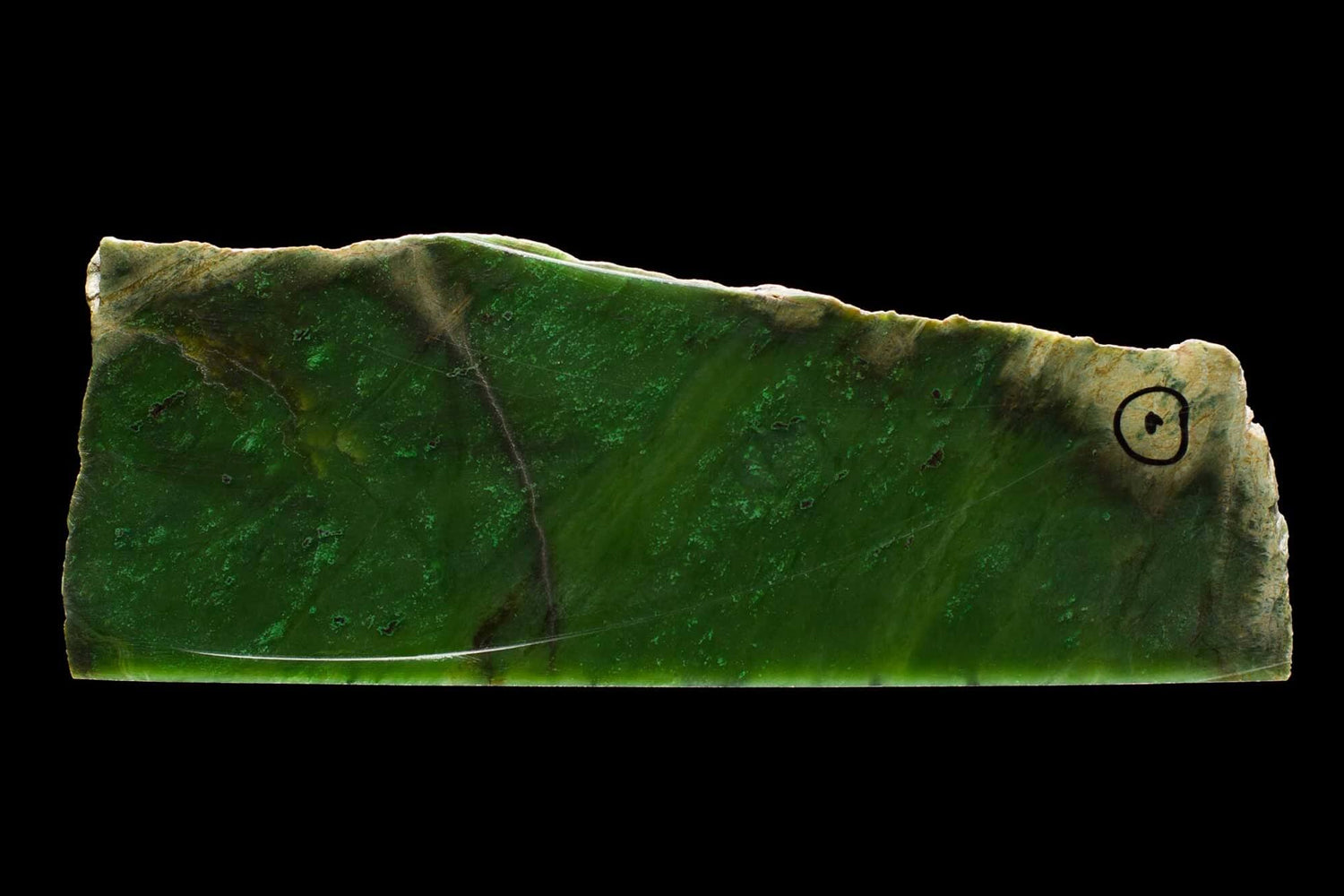
Pounamu necklace designs that are strong and durable
Pounamu designs and the strength that comes from them are two-fold. The strength of meaning comes from the design. The physical durability of the design and its ability to stand...
-
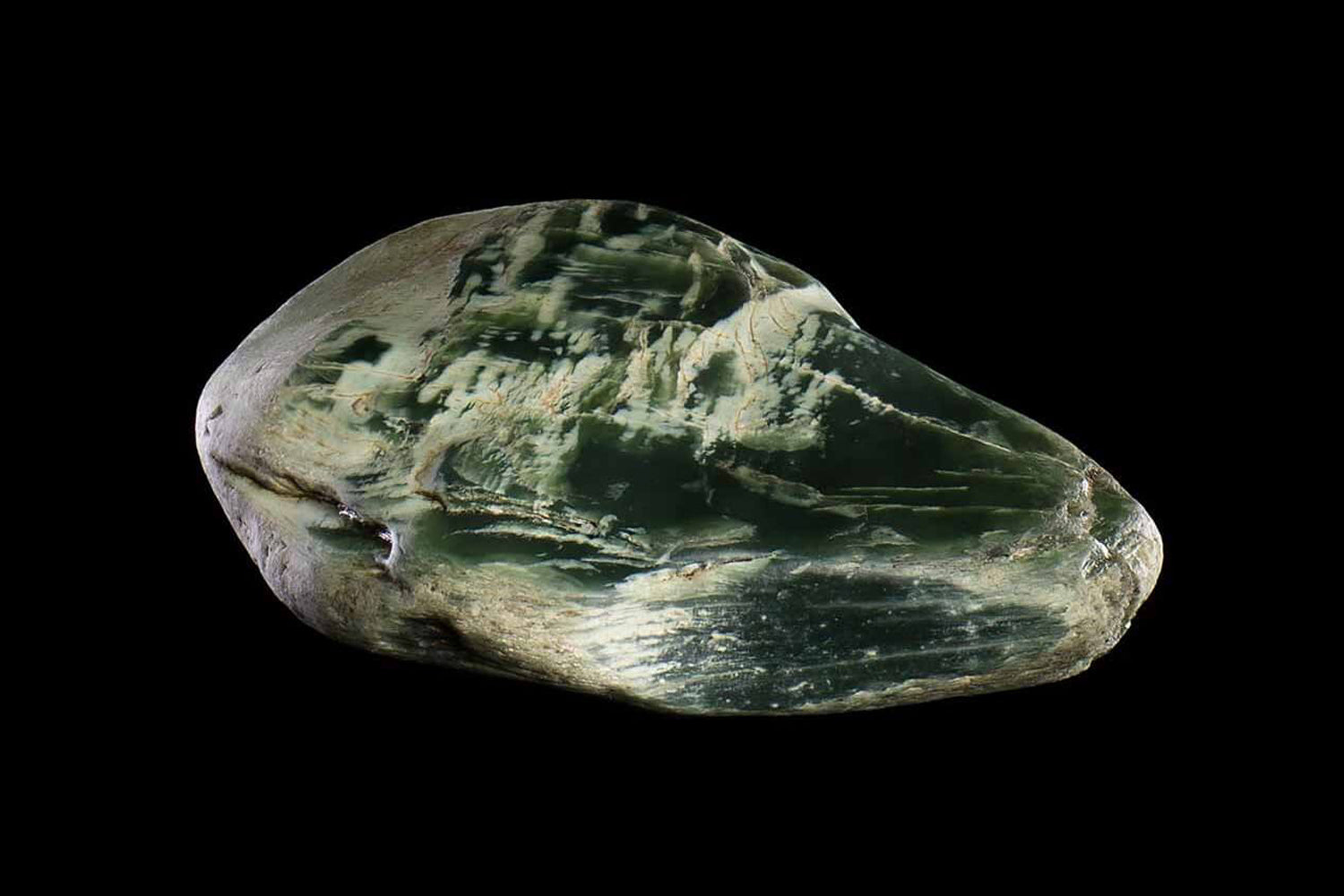
Uncovering the similarities and differences between Canadian Jade and New Zealand Jade
New Zealand pounamu and Canadian jade both have a fascinating history, traditionally being used as weapons and tools before entering modern society as jewellery. While the New Zealand-sourced stone carries...
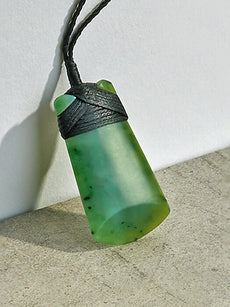
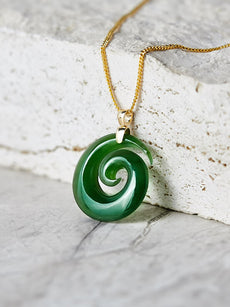
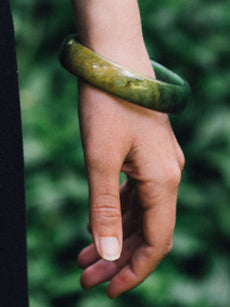
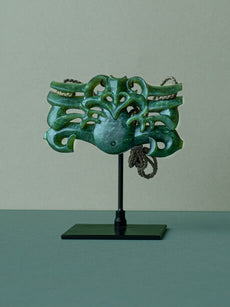
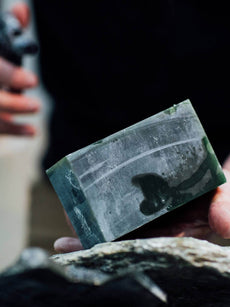
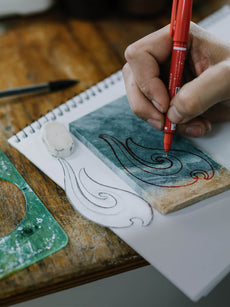
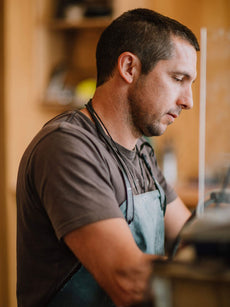
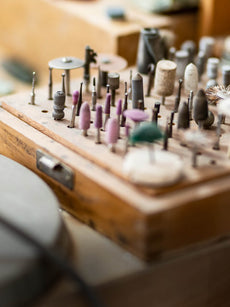

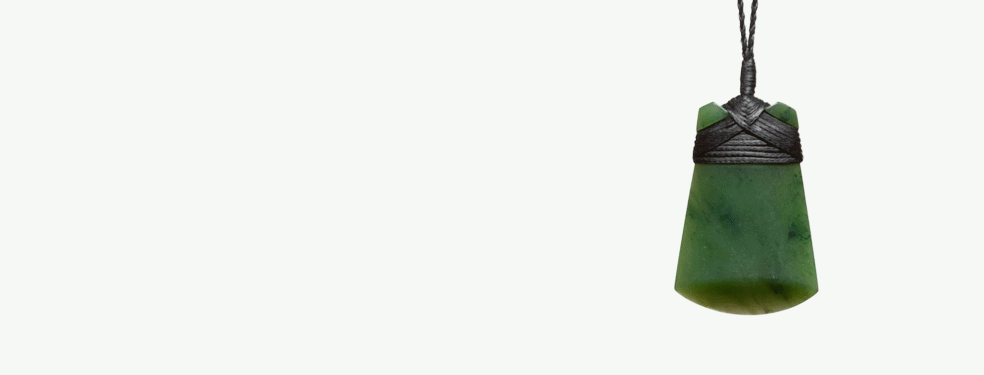
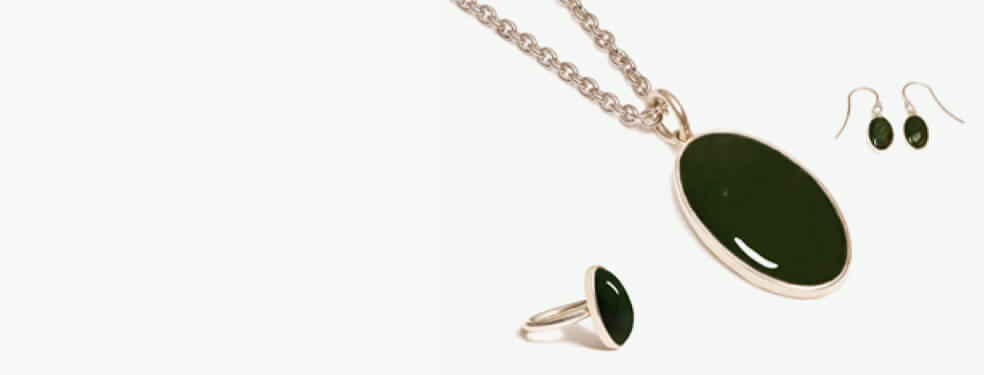
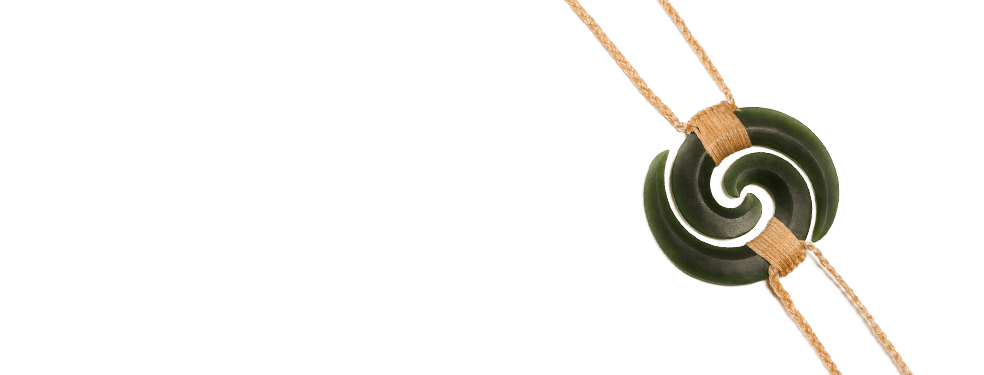
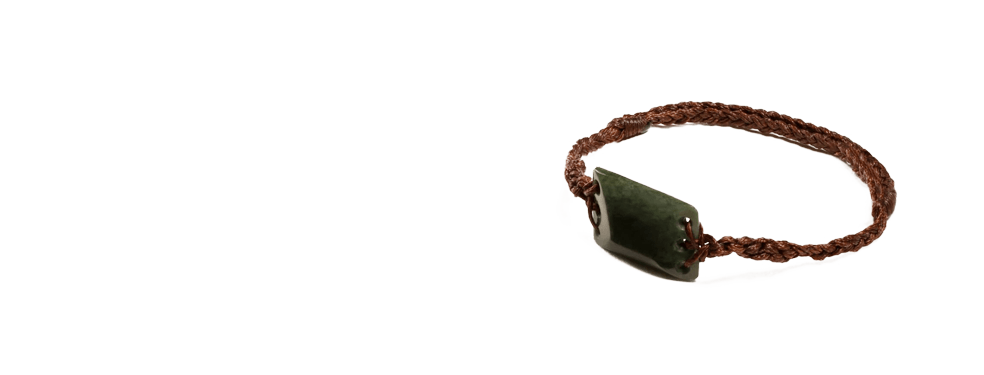
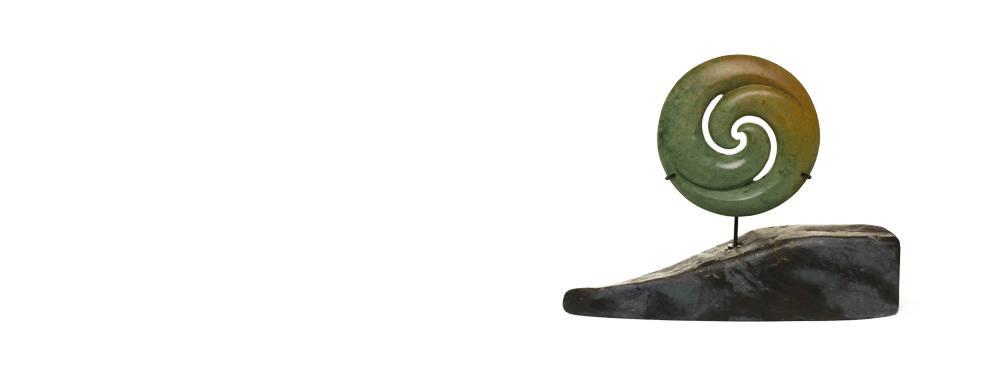
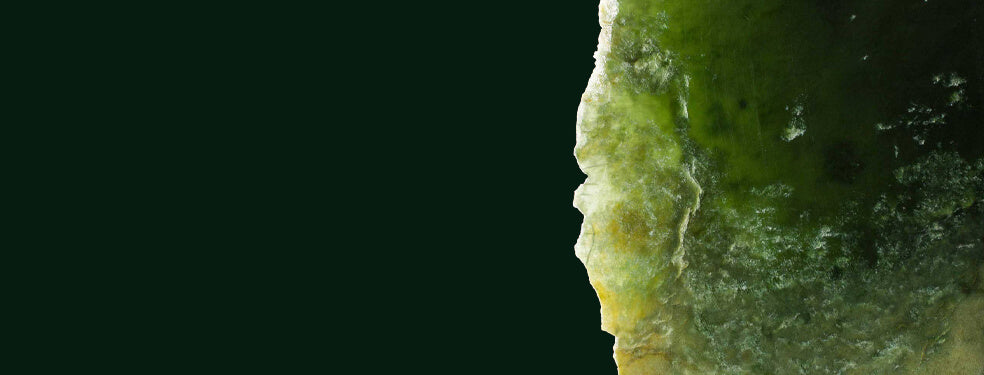
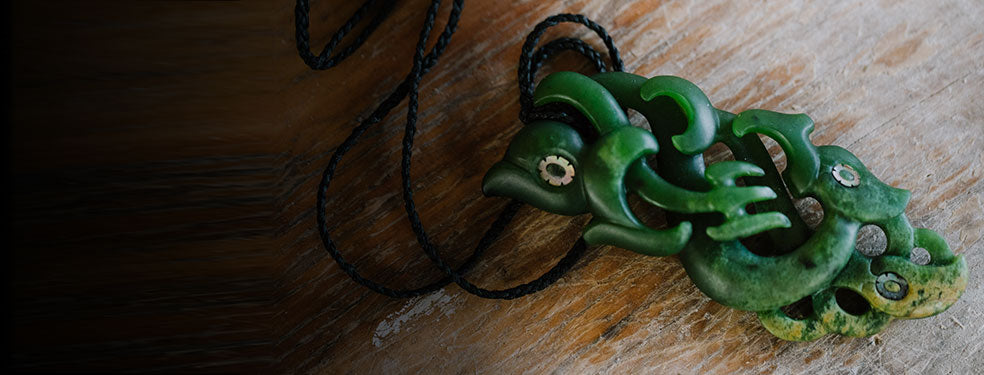

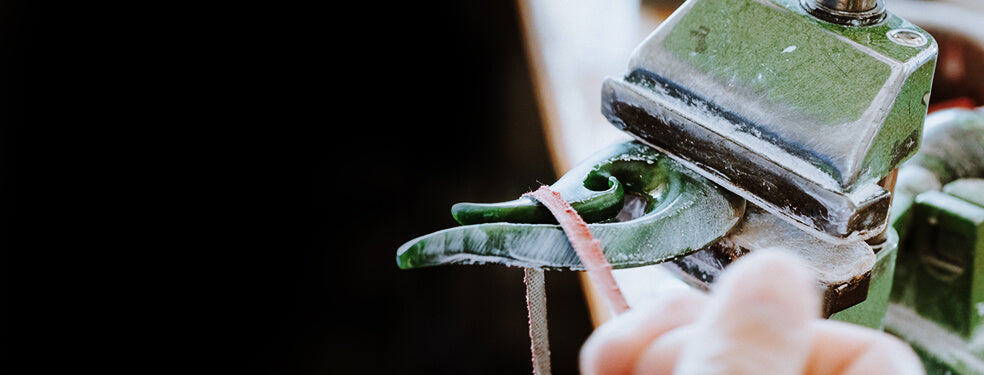
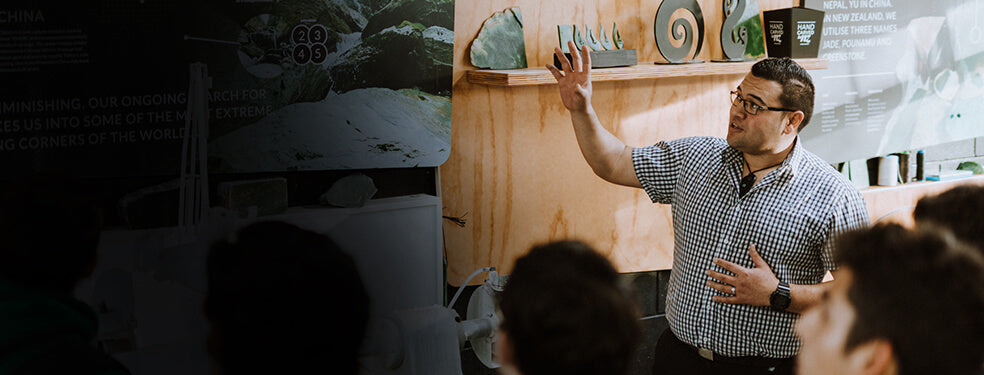
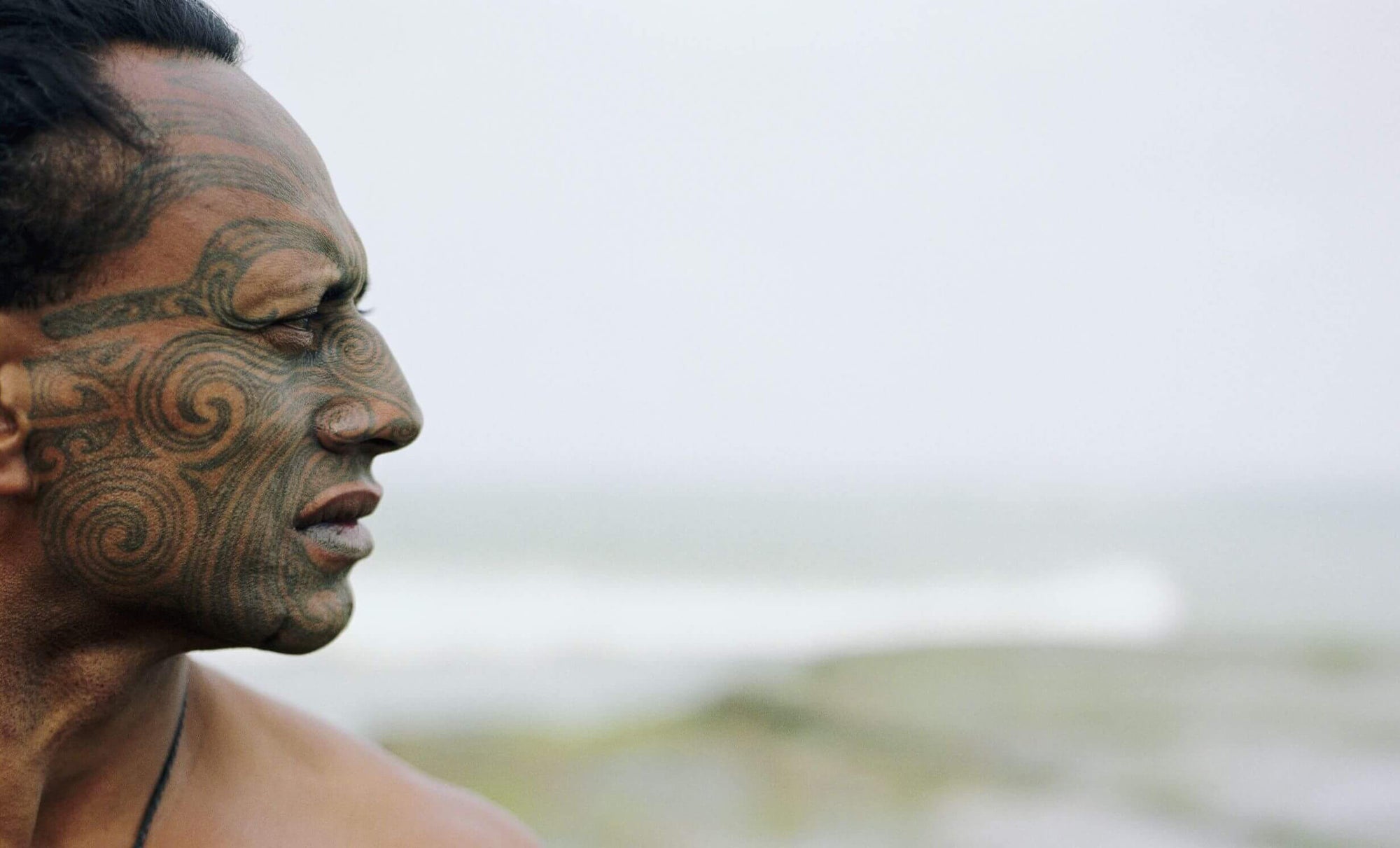




 Shop tiki designs >
Shop tiki designs > Shop matau (fish hook) designs >
Shop matau (fish hook) designs >


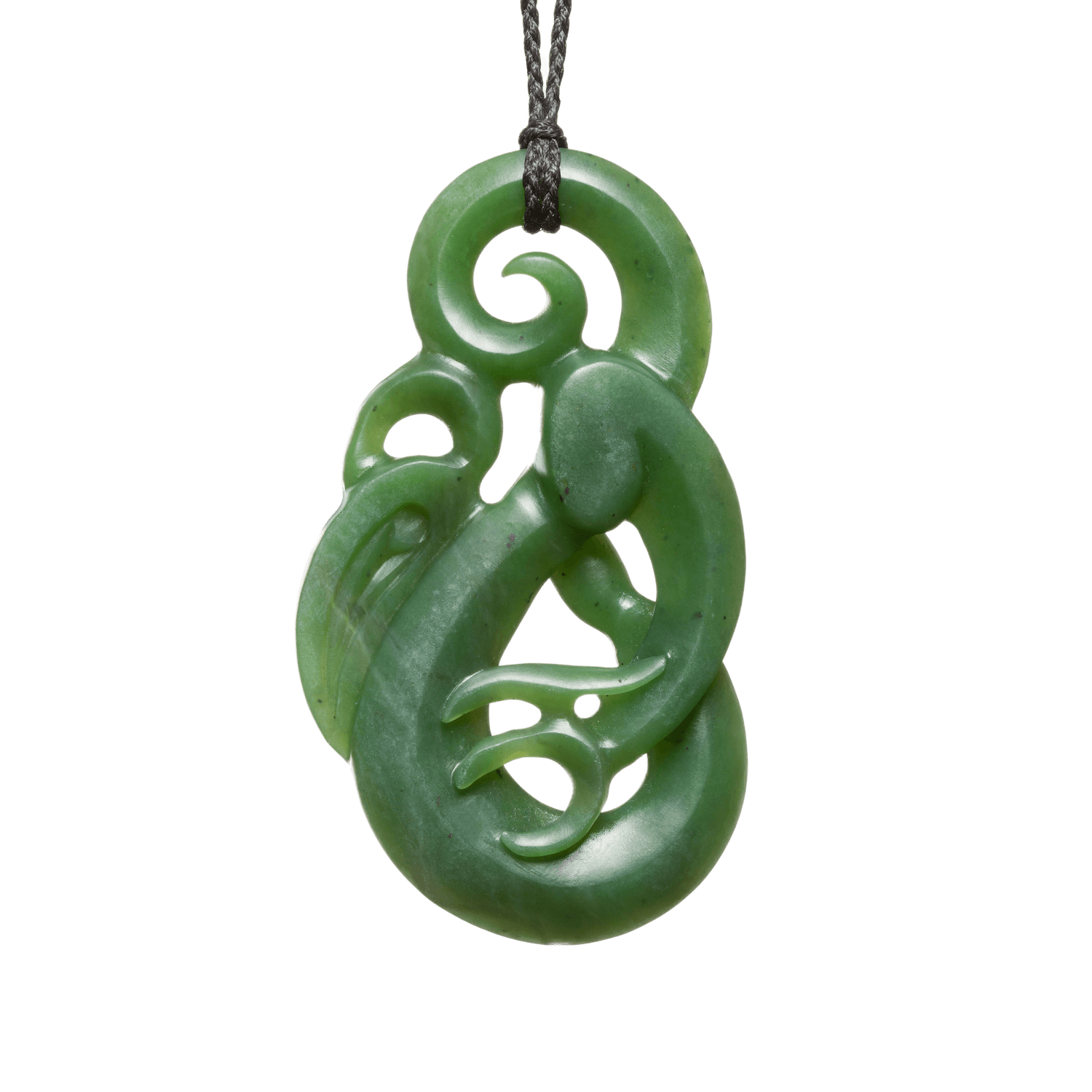
Follow Us
Stay in the know on new releases, special offers, and more.